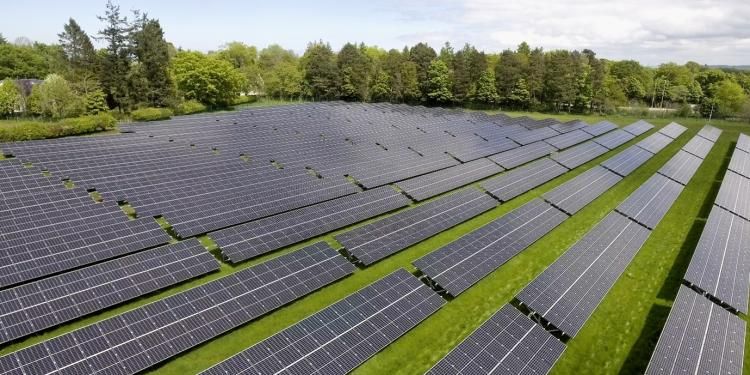Scheme:
Scottish Funding Council schemes
Technologies used:
Solar PV, LED lighting, Energy Efficient Fume Cupboards
Region:
Scotland
Client type:
Higher education institution
Your partner for a low carbon future

Scottish Funding Council schemes
Solar PV, LED lighting, Energy Efficient Fume Cupboards
Scotland
Higher education institution
Annual financial savings
Annual carbon savings tCO2e
Total loan value
The University of Edinburgh has utilised a total of £5.2m in funding from the Universities Carbon Reduction Fund to introduce a range of low carbon upgrades across its estate. This funding, provided by the Scottish Funding Council and administered by Salix, enables Scotland’s education sector to decrease its contribution to the climate crisis and guide the way toward the nation’s 2045 net zero goal
The funding helped to accelerate the delivery of a range of projects identified through various channels including strategic reviews, energy audit programmes, and user suggestions.
Technologies included a large solar PV farm, LED lighting and control upgrades in twelve buildings, nine low-loss amorphous transformers, constant volume to variable volume fume cupboards, and lab equipment including drying ovens, waterless condensers and a helium recovery system.
As well as the solar farm PV the project has included PV installations for four buildings. Over £1m of LED lighting upgrades will provide more than £100,000 per annum savings and the upgrades to thirty two fume cupboards in a large lab in the Chemistry building will save £33,000 per year.
The largest single project delivered through the funding is the solar farm at the university's Easter Bush Campus. It has a capacity of 1.5 MWp and provides sufficient power for the campus throughout the day for much of the year, making use of the existing high voltage (HV) network.
The installation consists of 4,480 panels with fifteen inverters. There is also a small plug-and-play area for research use by the academic community.
The solar farm generates around 1,400 MWh per year dependent on weather conditions, which equates to the average electricity use of 193 homes per year. Easter Bush Campus includes a working farm for the Veterinary School and the land is still available for sheep grazing.
The solar farm is an essential step in the transition away from fossil fuels as it replaces the previous gas-fired system. It is also driving the expansion of the HV network to buildings yet to be connected which will benefit from the renewable electricity generated.
photo credit: University of Edinburgh
